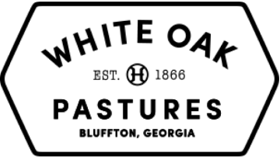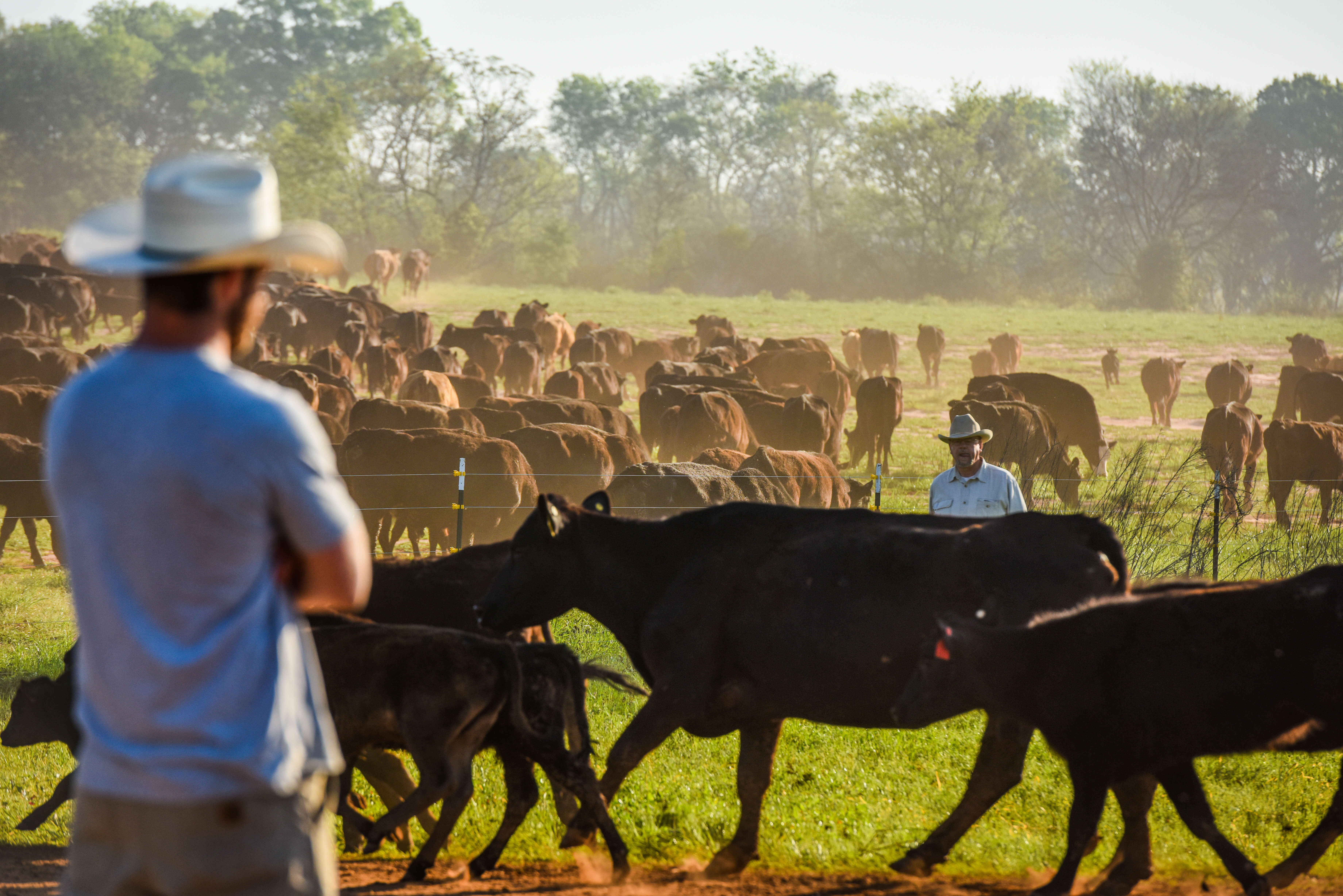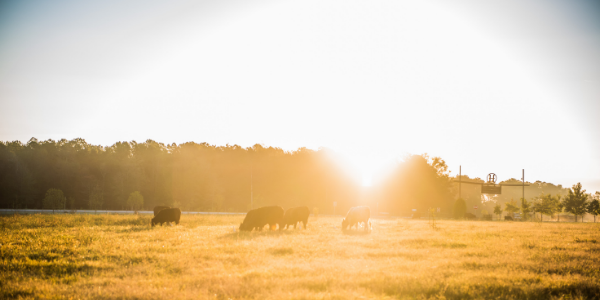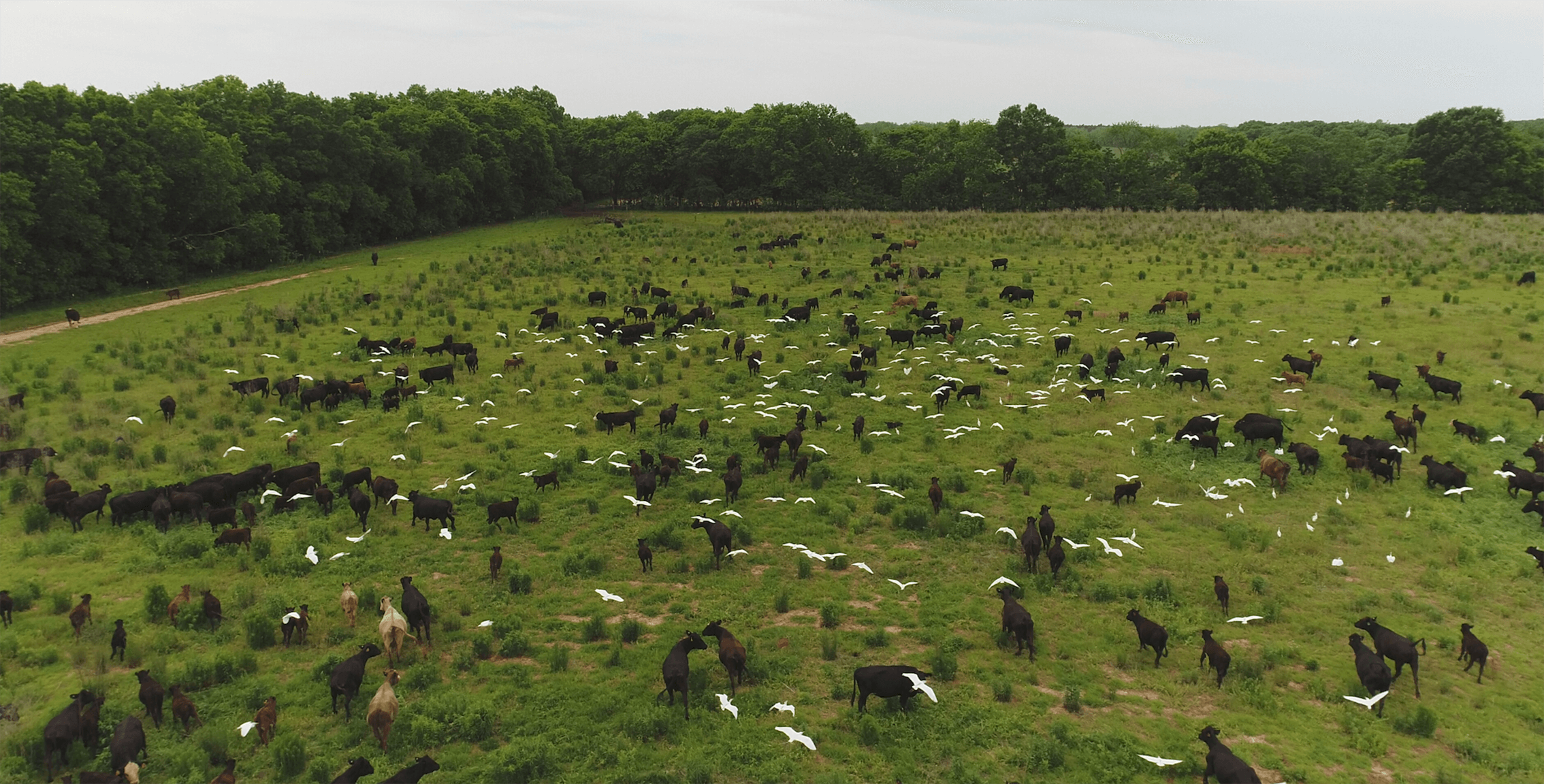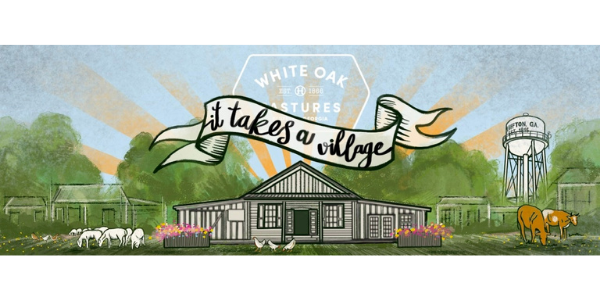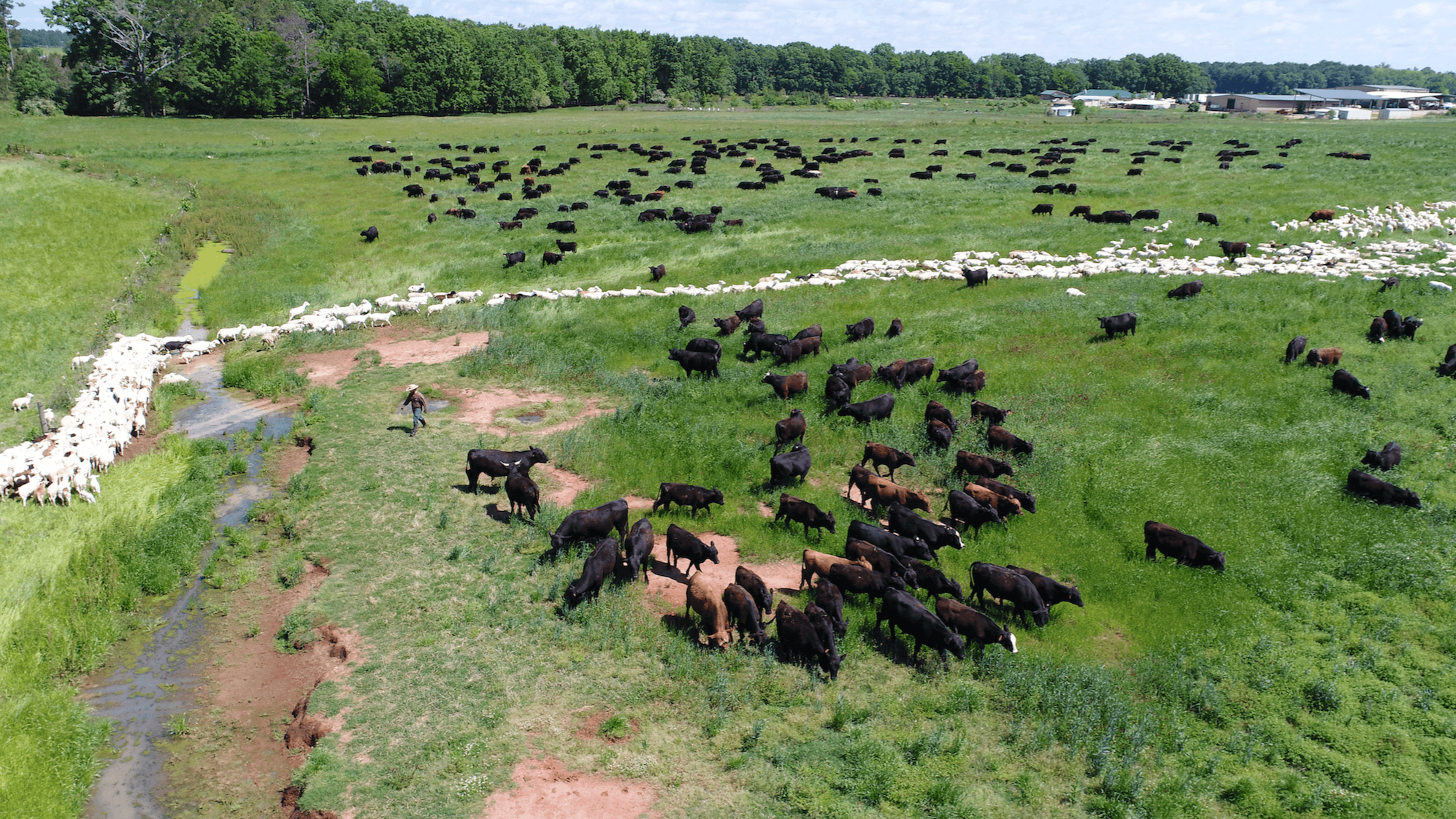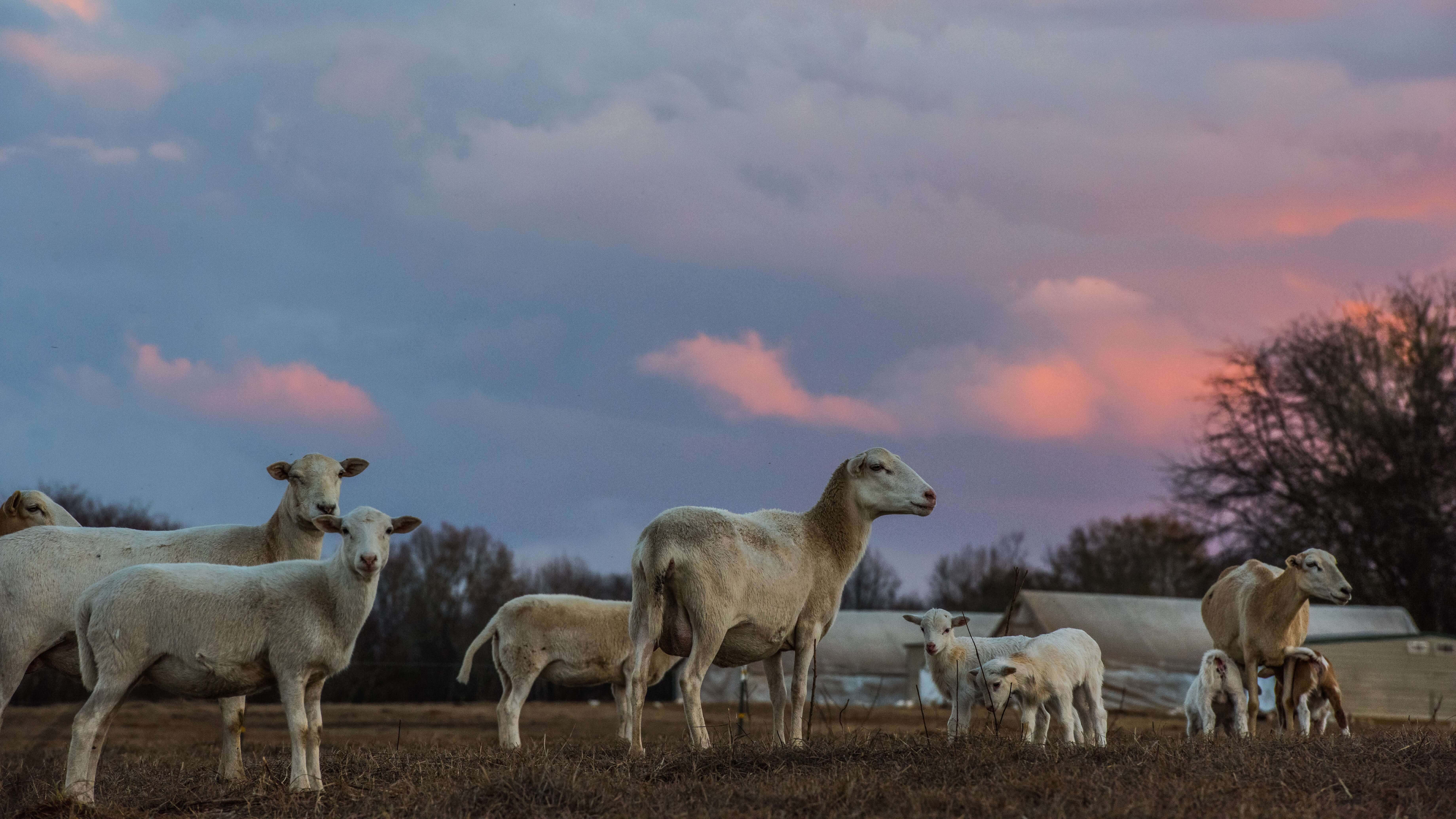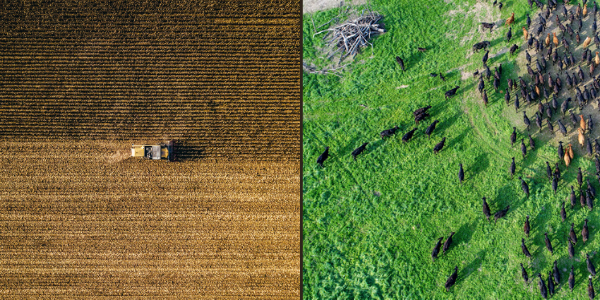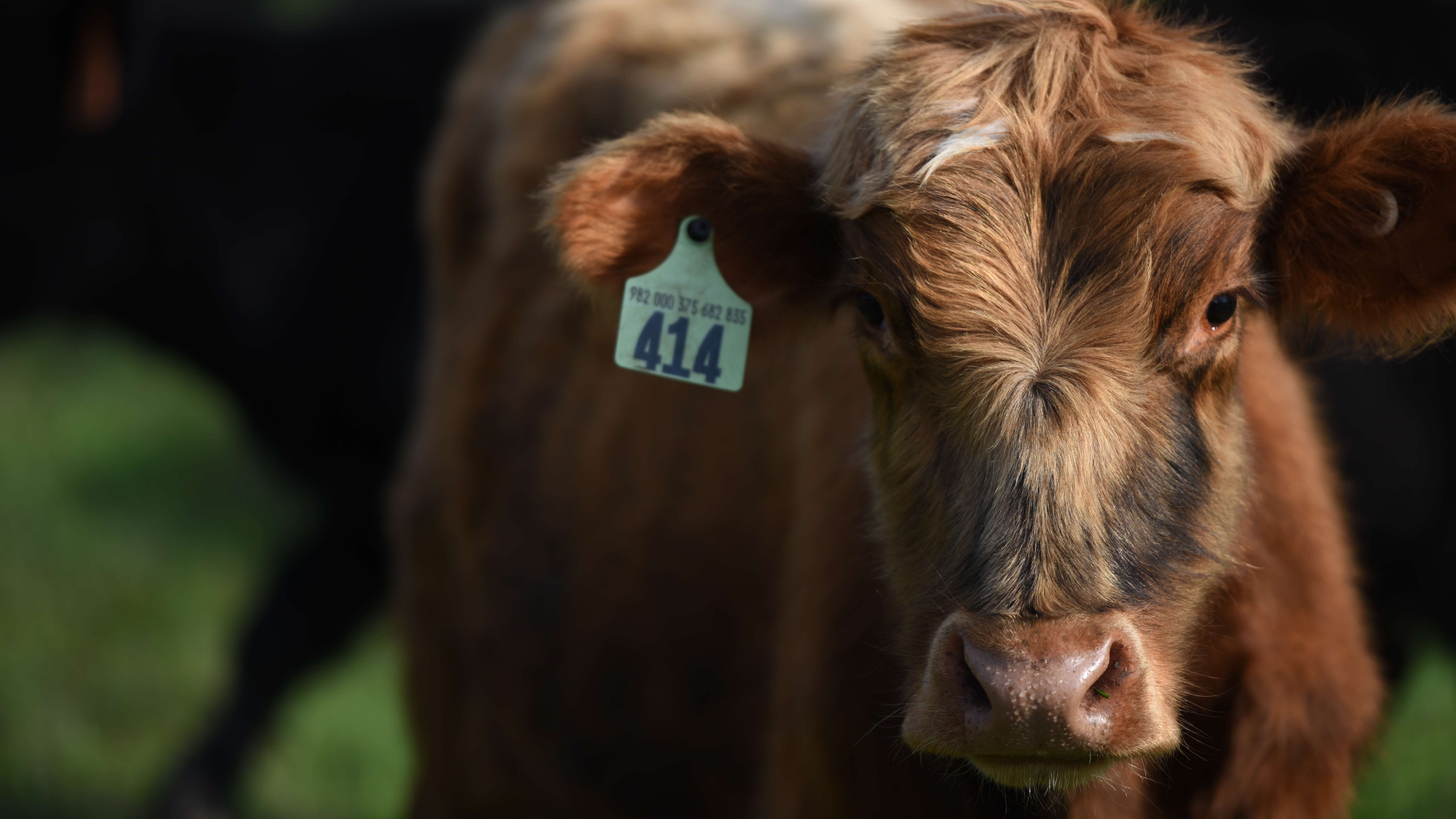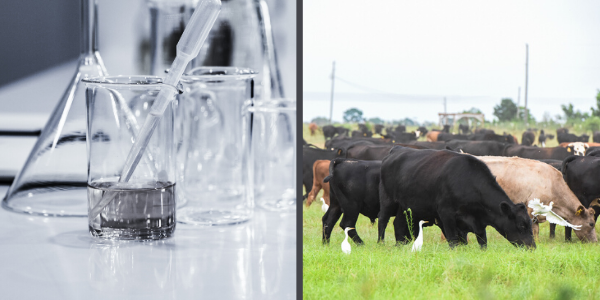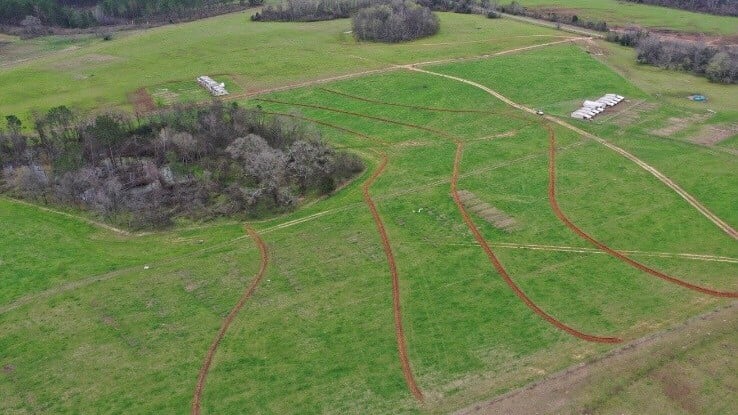We’re known for selling grassfed and pasture-raised meats. But we also offer 100% raw, unpasteurized Wildflower Honey that reflects the true interconnectedness of the ecosystem we’ve built on our farm.
Our Wildflower Honey Reflects the Health of the Land (and is a Flavor of Georgia Finalist!)
I was an industrial cattle rancher for 20 years. My upbringing prepared me to operate my farm in an industrialized, commoditized way. My education taught me a reductive, linear farming method.
We recently had a young person visit us on the farm who was eager to learn about what we do. She admitted up front that she had never spent any time on a farm.
Grassfed beef is everywhere, from the grocery store to the restaurant menu. But what does “grassfed” actually mean?
When Will Harris III inherited White Oak Pastures, the farm totaled about 1,000 acres. As we transitioned toward regenerative agriculture, bit by bit, we started acquiring nearby farmland. Today, our farm owns or manages around 5,000 acres of pasture.
The Story Behind Our Village Loyalty Program
COVID-19 and the events in the spring caused scarcity in the commodity food system, which overwhelmed our on-farm production and fulfillment center. After we were able to restock our inventory, we took some time to carefully evaluate how our farm responded to the overwhelming demand. In response,...
I just looked up today's price for gold. It was $2,035 per ounce. An acre of non-irrigated farmland in Bluffton, Georgia sells for about $2,000 per acre.
So, today, you can buy an acre of farmland for less money than you can buy an ounce of gold.
White Oak Pastures now has flocks totalling around 2,000 sheep (up from 200 sheep in July 2019). Our sheep graze everywhere from the forest land bordering our pastures to underneath solar panels.
Other than open pit mineral mining operations, there are few commercial endeavors that degrade land as much as industrial monocrop agriculture. Industrial monocrop agriculture utilizes tillage, and chemical fertilizers, and pesticides, which harm our environment in many ways:
In 1866, Will Harris' great grandfather brought a herd of cattle with him to White Oak Pastures. These cattle would have been Florida Cracker or Pineywoods cattle, feral descendents of the livestock brought to North America by the Spanish. These are the only two breeds that would have been...
All of my life I have heard, and used, the expression “Living off of the Fat of the Land”.
To me, that expression means doing well from the excesses that come from what you have. It is kind of like living on the interest that is paid on your savings account.
At White Oak Pastures, we regularly add new pieces of land to our farm, either by buying or leasing nearby parcels. Almost all of the land we acquire is degraded cropland that for decades was used to grow monoculture crops, with the help of extreme chemical fertilizer and pesticide use.
